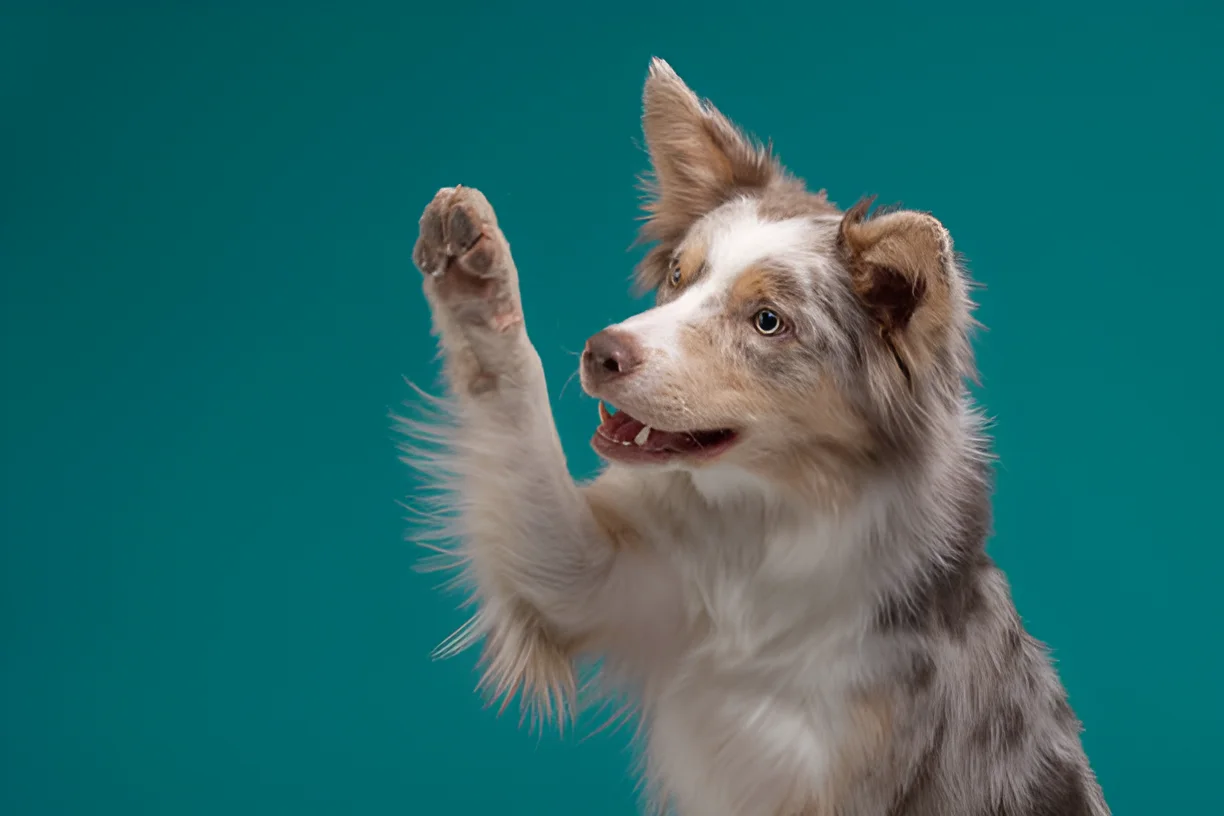You can soak your dog’s infected paw in a warm water and Epsom salt solution to help reduce inflammation and promote healing. Understanding the proper care and treatment for an infected paw can ensure your dog’s comfort and recovery.
An infected paw can cause significant discomfort for your dog, affecting their mobility and overall well-being. Whether it’s due to an injury, allergy, or infection, knowing how to properly care for an infected paw is crucial. This comprehensive guide explores various methods to treat an infected paw, focusing on effective soaking solutions and additional care tips.
Identifying an Infected Paw
Common Causes of Paw Infections
Several factors can lead to paw infections in dogs:
- Injuries: Cuts, abrasions, or puncture wounds can become infected if not properly cleaned and treated.
- Allergies: Allergic reactions to food, environmental factors, or chemicals can cause paw irritation and secondary infections.
- Bacterial and Fungal Infections: Bacteria and fungi can infect the paw, leading to swelling, redness, and discharge.
- Parasites: Parasites such as mites, nematodes, and hookworms can cause paw infections.
Symptoms of an Infected Paw
Recognizing the signs of an infected paw is essential for timely treatment:
- Swelling and Redness: Inflammation and redness around the paw area.
- Discharge or Pus: Presence of discharge or pus from the infected area.
- Limping or Lameness: Difficulty walking or reluctance to put weight on the affected paw.
- Excessive Licking: Constant licking or chewing of the paw.
- Foul Odor: Unpleasant smell emanating from the paw.
Soaking Solutions for an Infected Paw
Epsom Salt Soak
Epsom salt is a popular and effective solution for soaking an infected paw.
- Benefits: Epsom salt helps reduce inflammation, soothe irritated skin, and promote healing.
- How to Use: Dissolve 1/2 cup of Epsom salt in a basin of warm water. Soak your dog’s paw for 10-15 minutes, then rinse with clean water and pat dry.
Apple Cider Vinegar Soak
Apple cider vinegar has natural antibacterial and antifungal properties.
- Benefits: It helps disinfect the paw and reduce infection.
- How to Use: Mix 1 part apple cider vinegar with 2 parts water. Soak your dog’s paw for 5-10 minutes, then rinse thoroughly with clean water and dry.
Betadine Solution
Betadine (povidone-iodine) is an antiseptic that can be used to clean and disinfect an infected paw.
- Benefits: Betadine effectively kills bacteria and fungi, preventing the spread of infection.
- How to Use: Dilute Betadine with water until it resembles weak tea. Soak your dog’s paw for 5-10 minutes, then rinse with clean water and dry.
Oatmeal Soak
Oatmeal is soothing and can help relieve itching and irritation.
- Benefits: It provides relief from itching and helps soothe inflamed skin.
- How to Use: Grind oatmeal into a fine powder and mix with warm water. Soak your dog’s paw for 10-15 minutes, then rinse and dry.
Additional Care Tips
Cleaning the Paw
Proper cleaning is essential to prevent further infection.
- Mild Soap: Use a mild, dog-friendly soap to clean the paw. Avoid harsh chemicals that can irritate the skin.
- Rinse Thoroughly: Ensure all soap residue is rinsed off to prevent further irritation.
- Dry Completely: Pat the paw dry with a clean towel to prevent moisture buildup, which can promote bacterial growth.
Applying Topical Treatments
Topical treatments can help speed up the healing process.
- Antibiotic Ointment: Apply a thin layer of antibiotic ointment to the infected area to prevent bacterial growth.
- Medicated Paw Balm: Use a medicated paw balm to soothe and protect the paw.
Preventing Licking and Chewing
Preventing your dog from licking or chewing the infected paw is crucial for healing.
- Elizabethan Collar: Use an Elizabethan collar (cone) to prevent your dog from reaching the paw.
- Booties or Socks: Cover the paw with a bootie or sock to protect it from licking and chewing.
When to See a Veterinarian
Persistent Symptoms
If the infection does not improve within a few days or worsens, seek veterinary care.
- Severe Swelling: Persistent or severe swelling that does not subside.
- Increased Discharge: Continuous discharge or pus from the paw.
- Fever: Signs of fever, such as lethargy and loss of appetite.
Professional Treatment
A veterinarian can provide professional treatment and prescribe medications if necessary.
- Antibiotics: Oral or topical antibiotics may be prescribed to treat bacterial infections.
- Antifungal Medications: Antifungal treatments for fungal infections.
- Pain Relief: Pain relief medications to alleviate discomfort.
Conclusion
In conclusion, you can soak your dog’s infected paw in a warm water and Epsom salt solution to help reduce inflammation and promote healing. Proper care and treatment, including cleaning, applying topical treatments, and preventing licking, are essential for your dog’s recovery. If symptoms persist or worsen, seek veterinary care to ensure your dog’s health and well-being.
The photo featured below the post headline is Credit: Anna-av/istockphoto
I hope you find this post helpful and informative. If Yes’ feel free to share it with your friends!
Frequently Asked Questions
How often should I soak my dog’s infected paw?
Soak your dog’s paw 1-2 times daily until the infection improves.
Can I use hydrogen peroxide to clean my dog’s infected paw?
Hydrogen peroxide can be used initially to clean the wound, but it should not be used repeatedly as it can delay healing.
What should I do if my dog’s paw infection does not improve?
If the infection does not improve within a few days or worsens, seek veterinary care immediately.
Are there any home remedies for a dog’s infected paw?
Home remedies include Epsom salt soaks, apple cider vinegar soaks, and oatmeal soaks. However, consult your veterinarian before trying home remedies.
How can I prevent my dog from licking their infected paw?
Use an Elizabethan collar or cover the paw with a bootie or sock to prevent licking and chewing.

